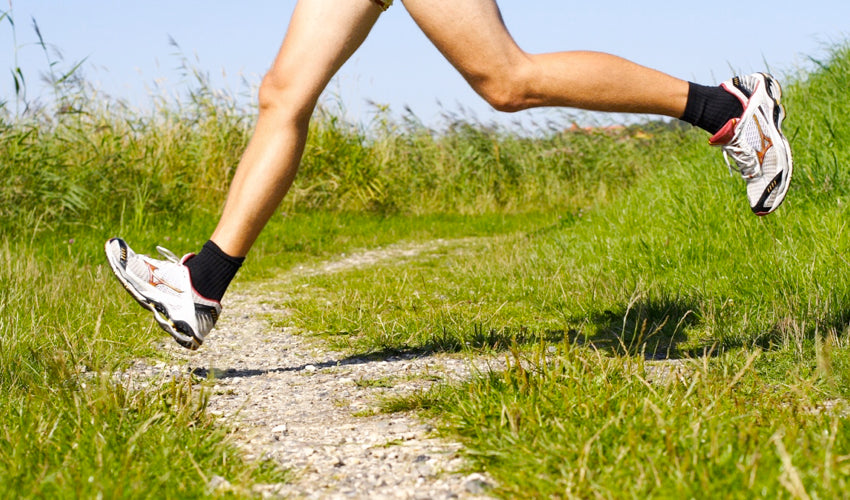For decades, we, as footwear consumers and users, have been told that we need plenty of padding in our shoes and under our feet to help boost comfort and buffer the forces on our bodies that occur during standing, walking, running, and jumping. Like many things in the health arena, this...

naturalfootgear.com
One of the main points we want to establish in this article is that there are
a lot of misconceptions out there about shoe cushioning. The prevailing idea behind shoe cushioning is that a greater amount of padding under the foot will help reduce the impact forces on the body’s joints and tissues during weight-bearing activity. Intuitively, this may seem like a reasonable claim, given that we’ve been told for years that we need cushioning to protect our joints and soft tissues from damage. Indeed, it’s an easy concept to wrap our minds around. What you may be surprised to learn, however, is that physics and research do not support this claim.
In fact, the more cushioning a shoe possesses, the harder and more damaging on our joints it may be.
To understand why this is so, it’s important to understand the physics of collisions. To start with, the net force acting on an object is:
With a body that has one foot in contact with the ground, there are two vertical forces acting on the body, which are the ground pushing up, traditionally referred to as the Normal Force, which I'll write as N (normal in this context meaning perpendicular to the surface) and the force of gravity pulling down, often expressed as mg, or mass times 9.8 meters per second squared. So we have:
The acceleration is defined as change in velocity divided by time, so using vf as final velocity and vi as initial velocity, and doing some rearranging, we can write this equation as:
So what changes when someone goes from a thickly cushioned shoe to a minimalist shoe or even to being completely barefoot? The real expert in this realm is Professor Daniel Lieberman at Harvard, who has done
some really nice studies on impact forces using force plates so that the forces of running shod versus barefoot can actually be quantified. But here is the essence of the argument: With shoe cushioning, our sense of what is going on is dulled (see Cushioning Issue #1 below for additional thoughts on this topic), and we tend to run with a certain gait—a gait that involves more up and down bouncing as well as feet that reach out more and strike first with the heel during the landing phase of walking or running.
There may be small fluctuations in the time that the foot is in contact with the ground between shod heel strikers and barefoot or minimalist midfoot strikers, which would affect the Normal Force, but the real key here is that the shod, cushioned gait makes both the initial downward velocity and the final upward velocity larger (
Note: The above equation is written using the convention that up is positive and down is negative, so the vf is a positive number and the vi is a negative one—meaning when both numbers get larger, the difference between them gets larger). This results in a larger Normal Force, or, in other words, more force that the foot and rest of the body has to deal with. However, when running barefoot or in minimalist footwear, we tend to change our gait. We bounce less, and we tend to make the foot strike happen more
underneath our bodies instead of out front.
So, instead of landing hard on the heel like we do in cushioned shoes, we control the impact better in minimalist shoes or with our bare feet and make the difference between vf and vi less, thereby reducing the overall force on our feet and bodies.
Below are a couple of examples using real numbers in the force equation to illustrate the above points. For our examples below involving runners, let’s set mass (m) equal to 50 kg. The acceleration of gravity (g) is a constant at 9.8 m/s2. Let’s set the change in vertical velocity (vf - vi) equal to 8 m/s for cushioned shoes and 6 m/s for minimalist shoes or bare feet. For the impact duration, let’s use a value of 0.3 seconds for both cushioned shoes and minimalist shoes.
Note: To better understand the rationale behind the selection of these numbers, please scroll to the very bottom of this article, to the “Appendix: Understanding the Numbers” section, for a more detailed explanation.
Example #1: Force experienced by a runner in cushioned shoes:
Example #2: Force experienced by a runner in minimalist shoes (or with bare feet):








